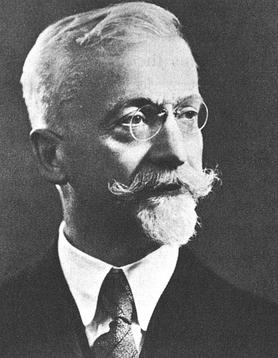
Élie Joseph Cartan was an influential French mathematician who did fundamental work in the theory of Lie groups, differential systems, and differential geometry. He also made significant contributions to general relativity and indirectly to quantum mechanics. He is widely regarded as one of the greatest mathematicians of the twentieth century.

The University of Bucharest (UB) is a public research university in Bucharest, Romania. It was founded in its current form on 4 July 1864 by a decree of Prince Alexandru Ioan Cuza to convert the former Princely Academy into the current University of Bucharest, making it one of the oldest Romanian universities. It is one of the five members of the Universitaria Consortium.
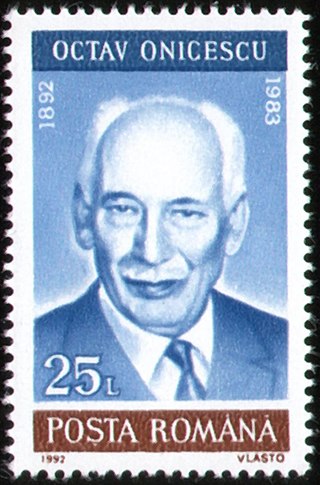
Octav Onicescu was a Romanian mathematician and a member of the Romanian Academy. Together with his student, Gheorghe Mihoc, he is considered to be the founder of the Romanian school of probability theory and statistics.

Jean-Gaston Darboux FAS MIF FRS FRSE was a French mathematician.
Nicolae Popescu was a Romanian mathematician and professor at the University of Bucharest. He also held a research position at the Institute of Mathematics of the Romanian Academy, and was elected corresponding Member of the Romanian Academy in 1997.
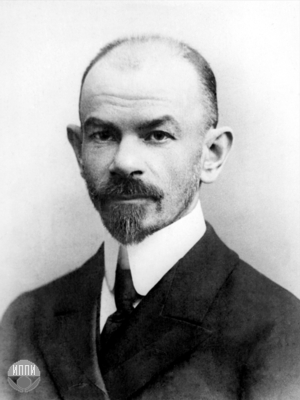
Dmitri Fyodorovich Egorov was a Russian and Soviet mathematician known for contributions to the areas of differential geometry and mathematical analysis. He was President of the Moscow Mathematical Society (1923–1930).
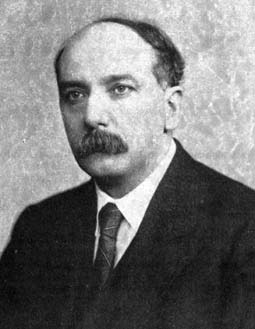
Ion Barbu was a Romanian mathematician and poet. His name is associated with the Mathematics Subject Classification number 51C05, which is a major posthumous recognition reserved only to pioneers of investigations in an area of mathematical inquiry. As a poet, he is known for his volume Joc secund, in which he sought to fulfill his vision of a poetry which adhered to the same virtues that he found in mathematics.
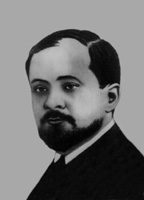
Traian Lalescu was a Romanian mathematician. His main focus was on integral equations and he contributed to work in the areas of functional equations, trigonometric series, mathematical physics, geometry, mechanics, algebra, and the history of mathematics.
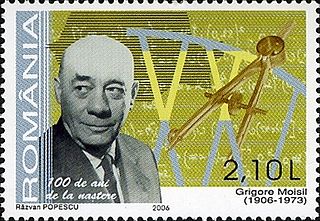
Grigore Constantin Moisil was a Romanian mathematician, computer pioneer, and titular member of the Romanian Academy. His research was mainly in the fields of mathematical logic, algebraic logic, MV-algebra, and differential equations. He is viewed as the father of computer science in Romania.
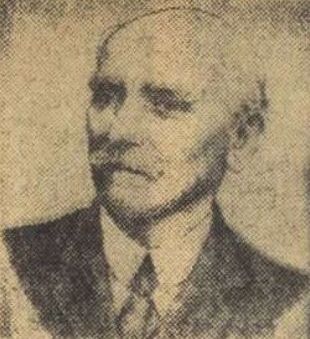
David Emmanuel was a Romanian Jewish mathematician and member of the Romanian Academy, considered to be the founder of the modern mathematics school in Romania.
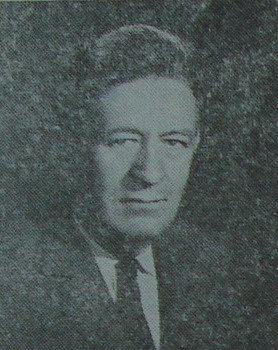
Gheorghe Vrănceanu was a Romanian mathematician, best known for his work in differential geometry and topology. He was titular member of the Romanian Academy and vice-president of the International Mathematical Union.

The "Simion Stoilow" Institute of Mathematics of the Romanian Academy is a research institute in Bucharest, Romania. It is affiliated with the Romanian Academy, and it is named after Simion Stoilow, one of its founders.
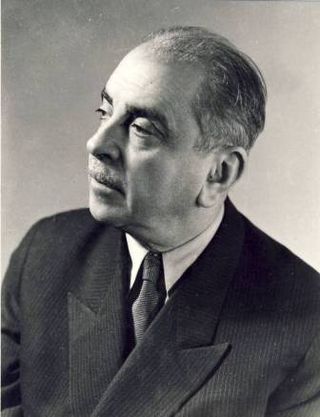
Simion Stoilow or Stoilov was a Romanian mathematician, creator of the Romanian school of complex analysis, and author of over 100 publications.

Caius Iacob was a Romanian mathematician, professor at the University of Bucharest, and titular member of the Romanian Academy. After the fall of communism in 1989, he was elected to the Senate of Romania.
Bogdan Suceavă is a Romanian-American mathematician and writer, working since 2002 as professor of mathematics at California State University Fullerton. He is also a honorary research professor with the STAR-UBB Institute, Babeș-Bolyai University, Cluj-Napoca, Romania.
The Tzitzeica equation is a nonlinear partial differential equation devised by Gheorghe Țițeica in 1907 in the study of differential geometry, describing surfaces of constant affine curvature. The Tzitzeica equation has also been used in nonlinear physics, being an integrable 1+1 dimensional Lorentz invariant system.

Șerban Țițeica was a Romanian quantum physicist. He is regarded as the founder of the Romanian school of theoretical physics.
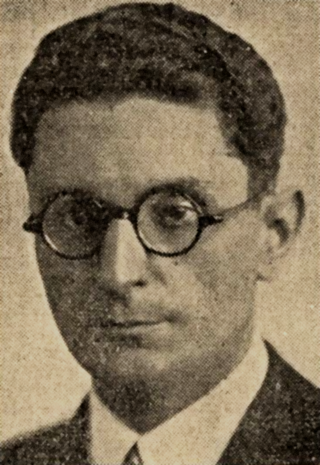
Victor Vâlcovici was a Romanian mechanician and mathematician.
Events from the year 1939 in Romania. The year saw the assassination of Armand Călinescu.

Gheorghe Călugăreanu was a Romanian mathematician, professor at Babeș-Bolyai University, and full member of the Romanian Academy.




















